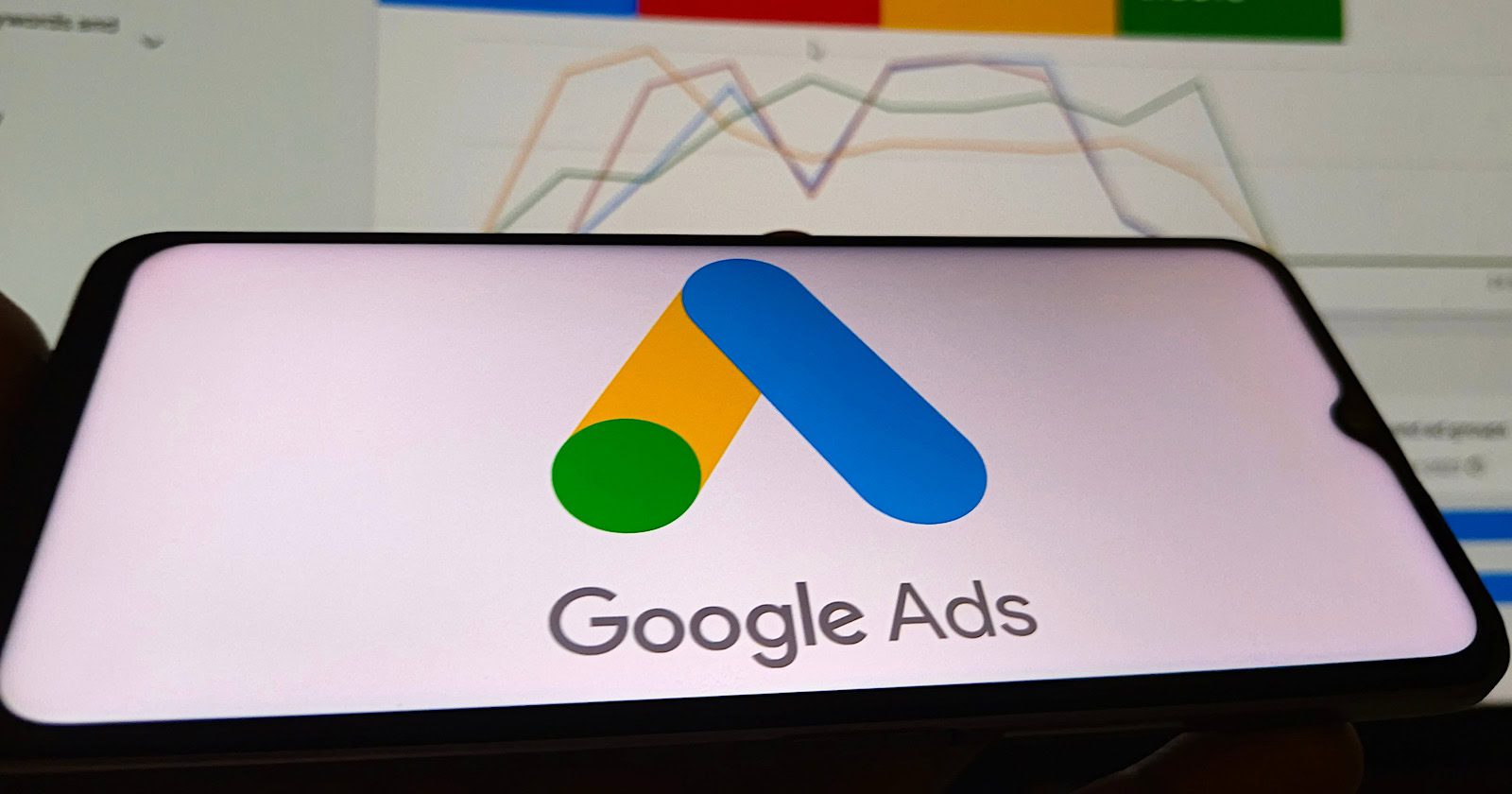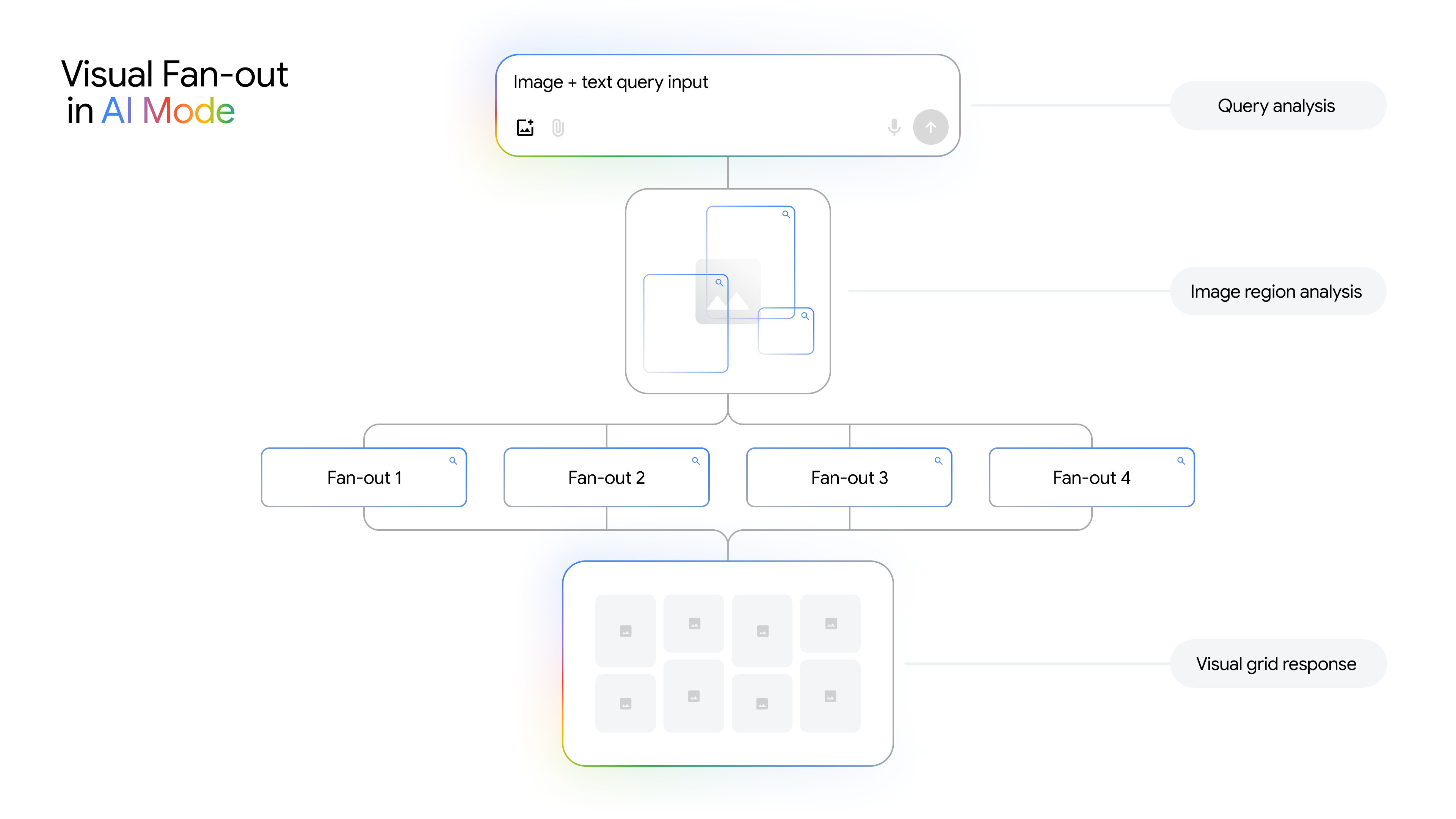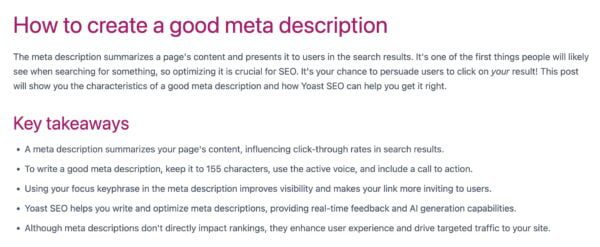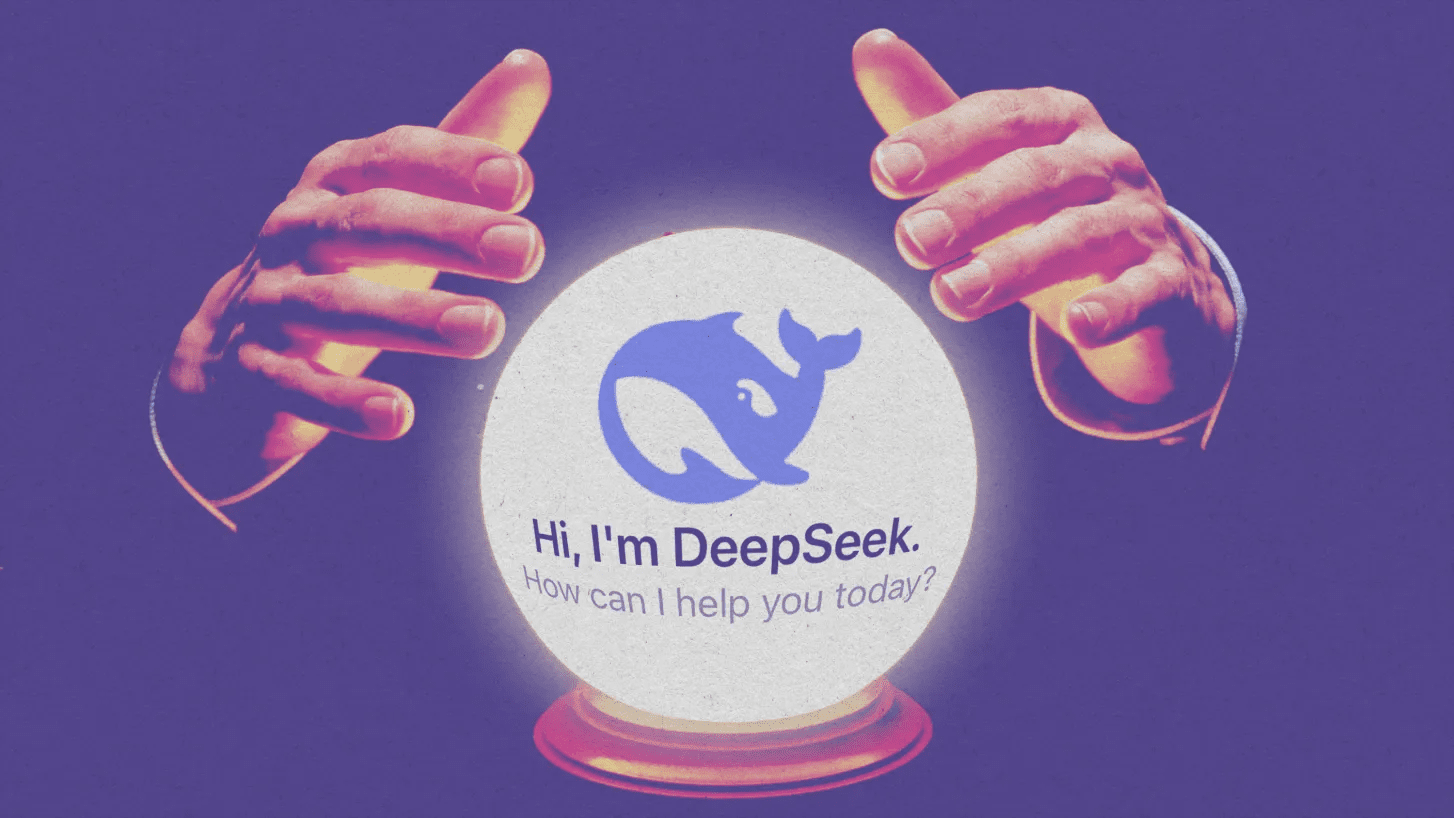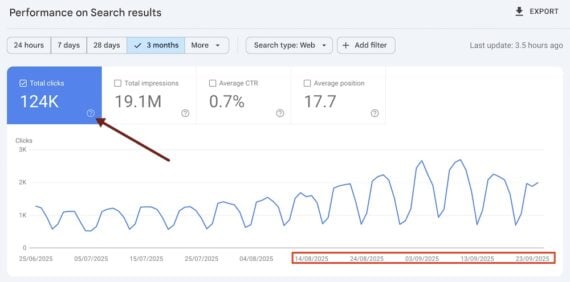Google Explains Expired Domains And Ranking Issues via @sejournal, @martinibuster

Google’s John Mueller answered a question about an expired domain that was unable to rank for relevant search queries, including its own brand name. The answer sheds light on how expired domains are handled by Google after they are re-registered.
History Of Expired Domains And SEO
Buying expired domains for their link profiles was a quick way to rank a website about 25 years ago. In those days, it was possible to see the PageRank associated with a domain through Google’s browser toolbar. If the domain was penalized, the PageRank meter would show this with a completely zeroed-out PageRank value. Thus, an SEO could buy an expired domain, regardless of the topic associated with it, point it to their website, and experience a boost in PageRank and rankings.
The expired domain effect was not limited to actual expired domains. A little-known loophole was that links to non-existent domain names could also contain PageRank. For example, many SEO forums used to link to domains like example-domain.com during the course of their discussions. SEOs would purchase those domains and experience the benefit of the PageRank from all the websites linking to that domain.
Another related tactic was to crawl .edu and .org websites to identify domain name misspellings in (broken) links to external websites, register those domains, and within hours a site would have inbound links from authoritative web pages.
The expired domain loophole came to an end in the early 2000s after Google introduced domain PageRank resets. Interestingly, the domain reset also affected domain misspellings that had never been registered. So even that secret loophole was closed.
Google’s John Mueller, in his answer, seemed to provide some information about how the domain name reset works. Mueller specifically referred to the state of being a parked domain and then having that status removed internally within Google.
Expired Domain Is Not Ranking
A person posted about their expired domain issue on the SEO subreddit (r/SEO). They explained that they had recently launched a new website on an expired domain, and it was having trouble ranking for keywords, including its own branded keywords.
They explained:
“I launched a brand-new website on a new domain, everything looks solid:
Indexed in Google (shows up with site:domain).
No errors in Search Console.
Sitemap and robots.txt are clean.
Here’s the strange part: the site refuses to appear in SERPs for even the most basic branded queries. Not ranking for generic terms is one thing, but not showing up at all for my own company name (let’s call it Octigen GmbH)? That feels really odd.
Now, here’s the twist: this domain used to belong to a completely different company (also called Octigen) that went bust years ago. Old links still exist in forums, ecommerce sites, etc. I’m wondering if the domain’s past life could be holding it back — like a reputation penalty or some kind of lingering Google baggage.”
The person then asked the following questions:
- “Can an old domain history actively suppress visibility, even if it’s re-verified, re-indexed, and fully rebuilt?
- Is there a way to “reset” a domain’s reputation, or am I better off cutting losses and starting fresh?”
It Takes Time To “Shake Off” Old State Of Domain
Mueller answers the question with a reference to shaking off the previous “state” of a domain, which he describes as being unregistered or parked. Those are two different states of a domain.
Unregistered means that there’s nothing at a domain; it’s not registered by anyone, and it basically doesn’t exist, even if the domain was previously registered but now is not.
A parked domain means that the domain is registered and the DNS is pointing to a holding page, maybe even showing some advertising.
Mueller said it takes time for the state of that domain to change within Google:
“Sometimes it just takes a lot of time for the old state of a domain to be shaken off (sometimes that’s also the case when it was parked for a while), and the site to be treated like something new / independent.”
Expired Domain Name Reset
What Mueller is talking about sounds a lot like what we used to talk about over twenty years ago: an expired domain reset. The ways in which Google treats domains may have changed since then, so what Mueller is talking about could be related to a different process, like understanding where a site fits on the Internet.
Could this mean that a domain “state,” such as parked or expired, results in some kind of index notation at Google?
Mueller continued his answer by saying there’s nothing he can do to manually indicate the domain’s state has changed:
“There’s nothing manual that you can / need to do here.”
But he did recommend checking Search Console to make sure there are no penalties associated with the site:
“I would double-check in Search Console to make sure that there are no URL removal requests pending, and that there’s nothing in the manual actions section, but I’m guessing you already did that.”
What To Do If An Expired Domain Is Not Ranking?
At this point, most SEOs would not like to be told to sit tight and wait for Google to discover a new website. The natural inclination would be to increase natural links to a website and other promotional activities. Short of link building, that’s what Mueller advised.
He wrote:
“My suggestion for you specifically would be to keep using it, and to try to grow your visibility on other channels in the meantime. For example, it looks like you’re findable via your Linkedin page, which links to your domain name. If you’re active on Linkedin, and using that wisely to reference your domain, users can find it that way.
Similarly, you could be active in other places, such as YouTube or other social media sites (The YT video for your company name is currently on a private profile, which can be ok, but which you could also do on a company-branded profile. Or, of course, a Reddit profile)
In short, make it easy for people to find your content regardless of location when they search for it, especially for your company name. From there, expanding to the kinds of searches that could lead users who don’t yet know your company to your content, would be the next step — and even there it’s useful to be active on various platforms.”
Expired Domains Can Be Tricky
It’s clear that expired domains have, in the past, gone through a reset process where the link equity of a domain drops off and the domain essentially starts at position zero.
Google’s ranking algorithms can give a new site a temporary ranking boost. That makes it difficult to say with certainty whether a website with an expired domain is ranking because of the residual effects from the domain or because of Google’s new site ranking boost.
What’s important to keep in mind is that promoting a new website is essential, regardless of whether it’s built on an expired domain or one that’s never been registered.
Featured Image by Shutterstock/Andrii Iemelianenko

